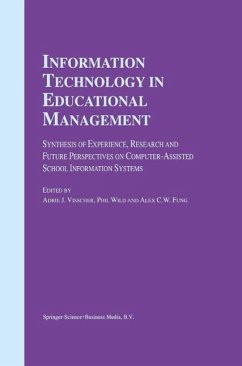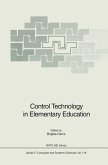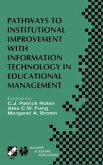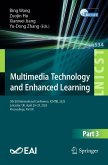Although a few books are available on the use of computers in the school office, this book is the first one addressing the topic of computer-assisted school information systems (SISs) for an international audience, based on both practical and scientific international collaborative research. This book:
- analyzes the nature of SISs, their intended benefits and history;
- presents the development strategies and the characteristics of three SISs that are widely used in various parts of the world;
- reviews what has been learned from the research over the last decade to inform successful design and implementation of SISs;
- presents exciting perspectives on the future of SISs from experts, vendors, and users; and
- reflects on what needs to be done to promote the full utilization of SISs by clerical and managerial school staff through better system design, user support, and continuing research.
Dieser Download kann aus rechtlichen Gründen nur mit Rechnungsadresse in A, B, BG, CY, CZ, D, DK, EW, E, FIN, F, GR, HR, H, IRL, I, LT, L, LR, M, NL, PL, P, R, S, SLO, SK ausgeliefert werden.
`... the publication of Information Technology in Educational Management fills a significant need in the field. [...] the authors have succeeded in producing a comprehensive, well-researcged, and conceptually well-integrated book that synthesizes the current state of research and knowledge in the field of computer-assisted SIS and contributes a great deal to our understanding of the field. ...very useful textbook and reference source for academic researchers and students. I would also recommend it as essential reading for designers of school information systems, who would benefit from the educational perspective often missing in technical designs.'
Canadian Journal of Science, Mathematics and Technology Education, 3:1 (2003)
Canadian Journal of Science, Mathematics and Technology Education, 3:1 (2003)
`... the publication of Information Technology in Educational Management fills a significant need in the field. [...] the authors have succeeded in producing a comprehensive, well-researcged, and conceptually well-integrated book that synthesizes the current state of research and knowledge in the field of computer-assisted SIS and contributes a great deal to our understanding of the field. ...very useful textbook and reference source for academic researchers and students. I would also recommend it as essential reading for designers of school information systems, who would benefit from the educational perspective often missing in technical designs.' Canadian Journal of Science, Mathematics and Technology Education, 3:1 (2003)









